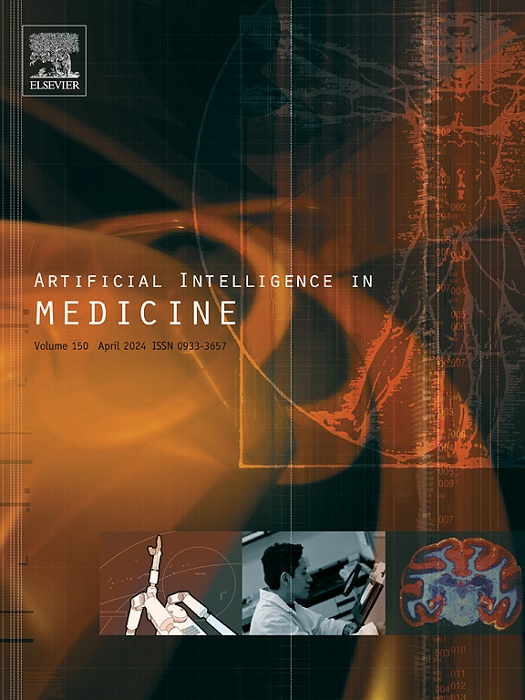Practical X-ray gastric cancer diagnostic support using refined stochastic data augmentation and hard boundary box training
IF 6.1
2区 医学
Q1 COMPUTER SCIENCE, ARTIFICIAL INTELLIGENCE
引用次数: 0
Abstract
Endoscopy is widely used to diagnose gastric cancer and has a high diagnostic performance, but it must be performed by a physician, which limits the number of people who can be diagnosed. In contrast, gastric X-rays can be taken by radiographers, thus allowing a much larger number of patients to undergo imaging. However, the diagnosis of X-ray images relies heavily on the expertise and experience of physicians, and few machine learning methods have been developed to assist in this process. We propose a novel and practical gastric cancer diagnostic support system for gastric X-ray images that will enable more people to be screened. The system is based on a general deep learning-based object detection model and incorporates two novel techniques: refined probabilistic stomach image augmentation (R-sGAIA) and hard boundary box training (HBBT). R-sGAIA enhances the probabilistic gastric fold region and provides more learning patterns for cancer detection models. HBBT is an efficient training method that improves model performance by allowing the use of unannotated negative (i.e., healthy control) samples, which are typically unusable in conventional detection models. The proposed system achieved a sensitivity (SE) for gastric cancer of 90.2%, higher than that of an expert (85.5%). Under these conditions, two out of five candidate boxes identified by the system were cancerous (precision = 42.5%), with an image processing speed of 0.51 s per image. The system also outperformed methods using the same object detection model and state-of-the-art data augmentation by showing a 5.9-point improvement in the F1 score. In summary, this system efficiently identifies areas for radiologists to examine within a practical time frame, thus significantly reducing their workload.

求助全文
约1分钟内获得全文
求助全文
来源期刊

Artificial Intelligence in Medicine
工程技术-工程:生物医学
CiteScore
15.00
自引率
2.70%
发文量
143
审稿时长
6.3 months
期刊介绍:
Artificial Intelligence in Medicine publishes original articles from a wide variety of interdisciplinary perspectives concerning the theory and practice of artificial intelligence (AI) in medicine, medically-oriented human biology, and health care.
Artificial intelligence in medicine may be characterized as the scientific discipline pertaining to research studies, projects, and applications that aim at supporting decision-based medical tasks through knowledge- and/or data-intensive computer-based solutions that ultimately support and improve the performance of a human care provider.
 求助内容:
求助内容: 应助结果提醒方式:
应助结果提醒方式:


